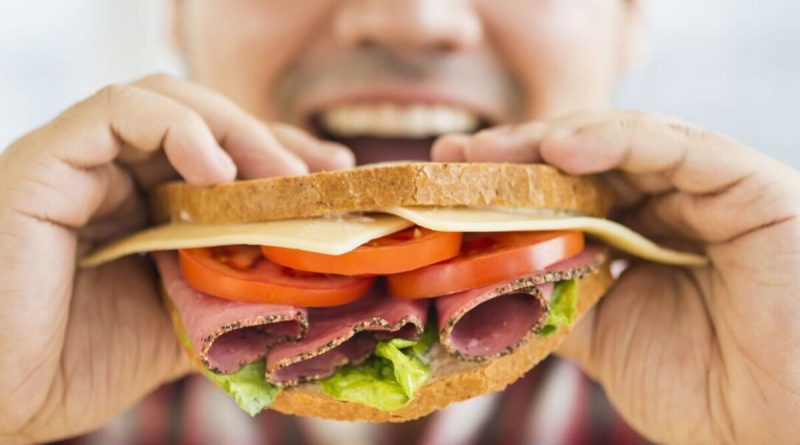ohio state school of pharmacy
Diabetes type 2: Dr Zoe Williams discusses high blood sugar risks
We use your sign-up to provide content in ways you’ve consented to and to improve our understanding of you. This may include adverts from us and 3rd parties based on our understanding. You can unsubscribe at any time. More info
As a senior lecturer in nutrition, food, and health sciences at Teesside University, Dr Brown confirmed: “Certain breads do have an impact on blood sugar, tamoxifen mcf 7 ic50 for sure.” She elaborated: “Those that are heavily processed (typically white in nature), like white bread, are known for raising blood sugar.” Diabetes UK explained: “Bread is a source of carbohydrates. During digestion, carbohydrate is broken down into glucose, which is used by the cells of the body as their main source of energy.”
Dr Brown added: “Other whole type breads, like whole rye, whole oat and whole wheat, as well as sourdough, are known to have lower GIs [gylcemix index] and, therefore, have a lesser impact on blood sugar.”
The charity Diabetes UK says: “The glycaemic index (GI) tells us whether a food raises blood glucose levels quickly, moderately or slowly.
“This means it can be useful to help you manage your diabetes.”
The GI index runs from 0 to 100, with low GI foods classified as 55 or below, which can include some wholegrain breads.

Dr Brown advised: “Typically look for bread which offers around 3g of fibre per slice.”
Diabetes UK notes: “Increasing the amount of fibre in your diet can help you to manage your diabetes.”
Look for words such as “wholemeal”, “wholewheat”, and “wholegrain” when it comes to choosing carbohydrates.
“Wholegrain carbohydrates tend to be higher in fibre and lower in GI, which means they have less of an effect on your blood glucose levels,” Diabetes UK adds.
Don’t miss…
How to tell the difference between dry skin and eczema [EXPERT]
Andrew Lloyd Webber’s son sadly loses his battle against cancer[LATEST]
‘It sounds worrying’: Dr Zoe says about contraception and cancer [INSIGHT]
The Federation of Bakers stated: “White bread contains a wealth of nutrients and actually contains more calcium than brown or wholemeal bread.
“People who prefer white bread but are concerned about their fibre intake could try the ‘high-fibre’ white varieties.
“But should also ensure that their diet contains plenty of fruit and vegetables and other fibre-ich foods such as breakfast cereals.”
Diabetes UK has food serving suggestions depending on which breads you eat.

For example, white bread, tiger bread, pumpernickel bread, granary bread, flat bread, seeded and pitta bread can be served with:
- Lean chicken, ham, turkey or beef plus chopped tomatoes, grated carrot and cucumber
- Egg and cress, with a little reduced-fat mayo and black pepper
- Cottage cheese mixed with salsa and sweetcorn
- Reduced-fat cheddar with grated carrot and sultanas
- Tabasco sauce, horseradish, mustard and chili sauce.
Carbohydrate contents of each bread:
- White: 16.6g carbs
- Tiger: 17g carbs
- Granary: 17g carbs
- Pumpernickel: 14.5g carbs
- Pitta: 18.5g carbs
- Seeded: 29.6g carbs
- Bagel: 44g carbs.
If you are eating sourdough, rye, and soda bread, you can pair the bread with turkey, chicken or Swiss cheese with shredded lettuce, tomatoes, and reduced-fat mayonnaise.

Breads:
- Sourdough: 15.7g carbs
- Soda bread: 21.9g carbs
- Rye bread: 11.5g carbs.
Brioche can be served warm with jam, for instance; brioche contains 23.3g of carbs.
If you want more guidance on your diet, you can speak to your diabetes care team.
Source: Read Full Article
